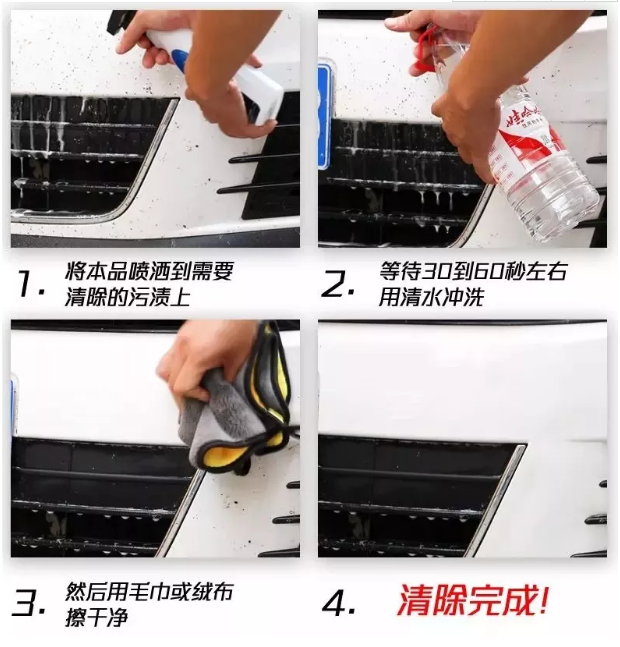
The main function of the stainless steel protective film is to protect the surface of the product. It is protected from different degrees of damage during transportation, handling, and processing, and is not subject to external environment during storage. However, the protective film is affected by extreme environments, such as alternating hot and cold, improper processing methods, improper storage for a long time, etc., and residual glue may appear after the film is removed. How to deal with this situation?
Residual glue treatment method after protective film removal
Need to prepare materials: car beauty shop or Taobao online purchase of car spray, two wet towels, a dry towel, watering cans with water.
For details, please refer to the following steps
★ Use spray to spray on the surface of the board with glue residue, let the glue removal liquid stay on the residual glue water for about 10 seconds, fully soak into the residual glue.
★ Wipe the spray with a wet towel to see if the glue is removed. If there is still residue, repeat the first step and wipe the glue with the same wet towel.
★ After the residual glue is removed, use a watering can to spray the clean water in the removed position, and clean it with another wet towel until the impurities such as the glue are removed.
★ Dry the water with a dry cloth and observe the surface confirmation effect.
Tips:
1. The three towels purchased are distinguished by different colors. For example, the brown towel is used in the cleaning step of the wiping spray, the blue towel is used in the cleaning step of the water, and the green towel is used as the drying step of the dry towel.
2, due to the quality of the glue removal agent on the market, for safety reasons, it is recommended to carry out partial testing before the glue removal, to ensure that the large area after use.
(The following is the step of the method of removing the glue, the same applies to stainless steel)

Other reference methods
1. Eraser: This method is not recommended for color stainless steel. Basically, the color part is easy to fade, and it is easy to erase the color when using the eraser. The method of removing the residual glue of stainless steel with an eraser is to wipe it slowly and wipe it off repeatedly.
2, white vinegar: the operation method is to pour the white vinegar into the spray pot, spray the residual glue on the stainless steel surface, and then gently scrape away by hand or scraper.
3. White electric oil: white electric oil has strong cleaning ability. The operation method of removing stainless steel residual glue with white electric oil is to spray white electric oil on the surface of stainless steel. After the residual glue and stainless steel are separated, use soft paper edge. Can be wiped with a spray. Note that the white electric oil volatilizes quickly and should be wiped while spraying.
Summary: No matter what method is used, please take gloves when removing stainless steel residual glue, wash your hands after you finish, and try to choose the method that does not cause corrosion damage to the surface of stainless steel products.
Sometimes, a small protective film can highlight its role in the face, some big brands pay great attention to this aspect, including its design and the quality of the protective film are layered, resulting in glue residue The probability is very low. For example, Changxin, from the quality and appearance of the protective film is more aesthetic, more simple, more prominent product characteristics. Of course, functionality is important, aesthetics are important, and brand associations are more important, especially in the current era of consumer upgrades.
Disclaimer: The article is from the Internet, and the copyright belongs to the original author or agency.
If you are involved in copyright issues, please contact us.